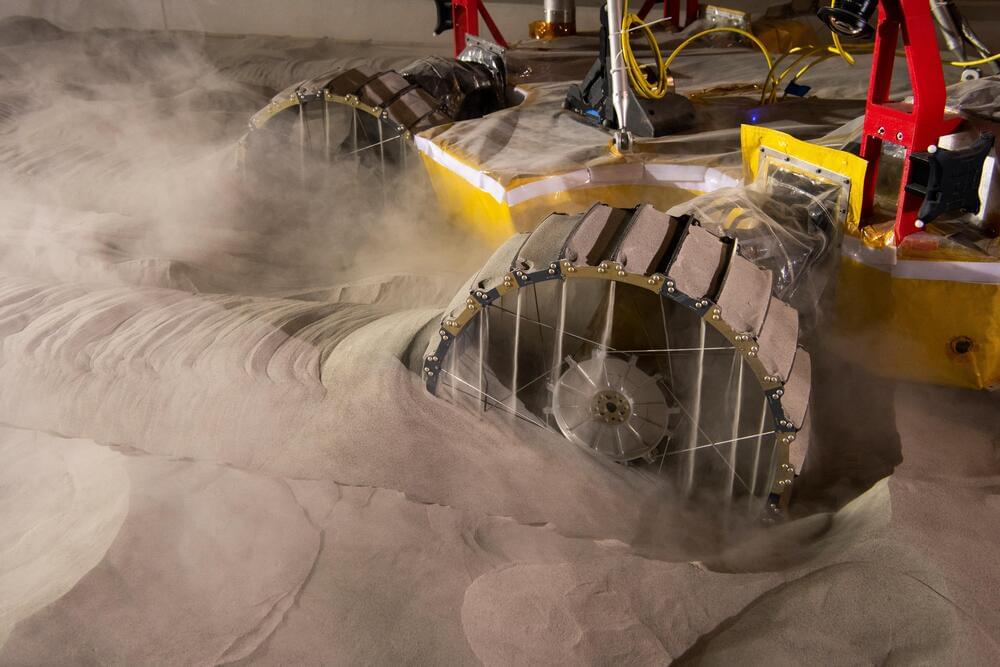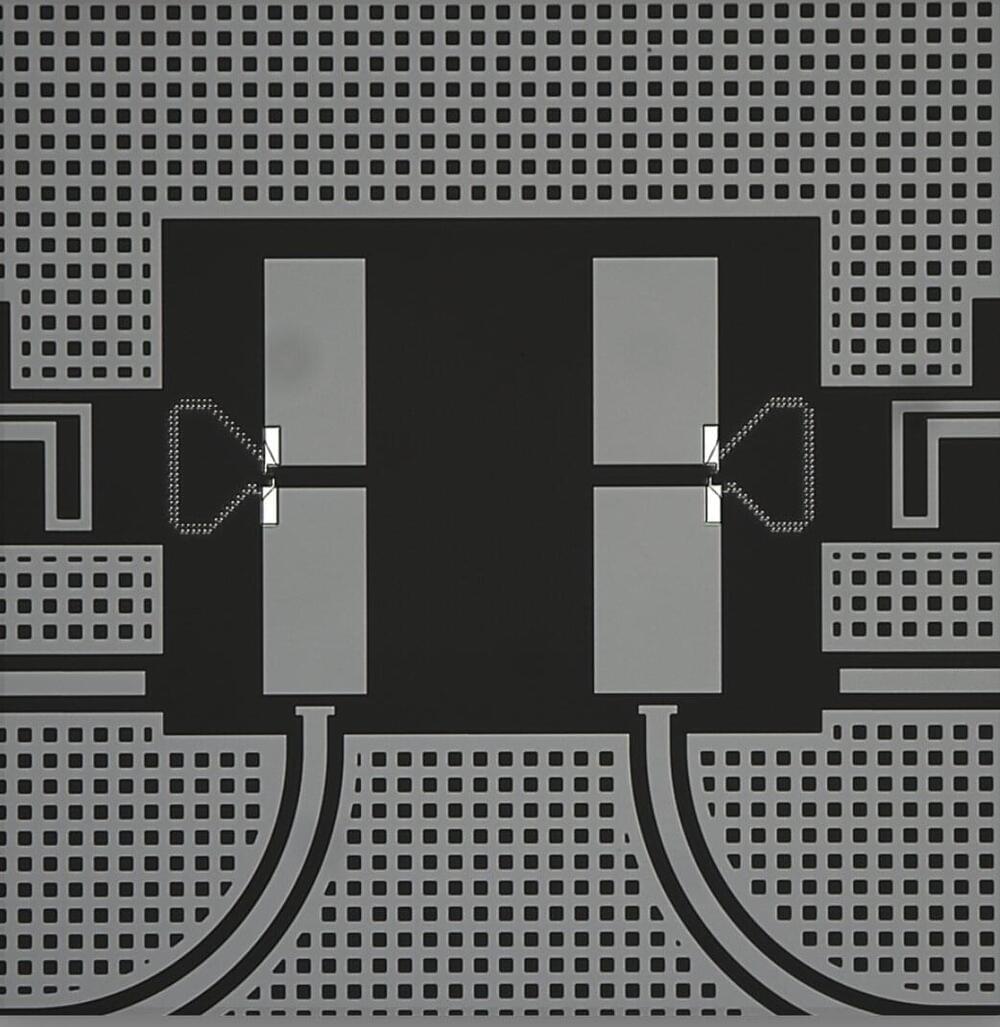Quantum mechanic discoveries are some of the most groundbreaking discoveries that scientists can make as they allow us to get a better understand of the space and matter around us. From multiple dimensions to quantum superposition, there are many things that are difficult for scientists and physicists to explain. Hopefully we can clear up some of the confusion!
Thanks for watching Matter!
🔔 Hit the bell next to Subscribe so you never miss a video!
❤️ Like, Comment and Subscribe if you are new to the channel!
Topics Discussed/Related:
- Amazing Discoveries.
- Quantum Tunneling.
- Quantum Entanglement.
- Quantum Computing







